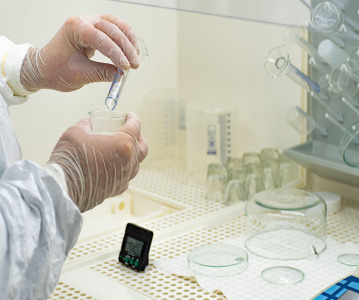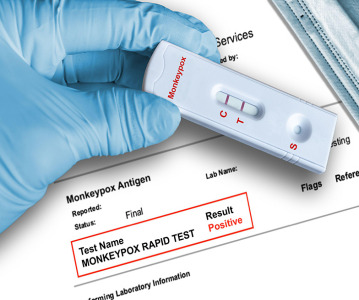Non-opiate painkiller, AnestaGel, found superior in preclinical tests

AnestaGel uses a novel approach to delivering sustained-released analgesics into the target tissue via the Matrix, which is a tunable, biocompatible, and pH neutral platform.
InSitu Biologics has announced results from recent pre-clinical studies for its lead product, AnestaGel. AnestaGel is a long-lasting and long-acting non-opiate painkiller, targeted for use in peri-operative regional pain management.
In a series of independent tests performed under GLP regulations, comparing operative site injections of AnestaGel and Exparel from Pacira, AnestaGel was proven to last longer, and provide a greater analgesic effect than Exparel. In a separate test that determines the PharmacoKinetic(PK) effect for the painkiller bupivacaine, which is used in both AnestaGel and Exparel, bupivacaine was proven to be released from AnestaGel into the blood up to 96-120 hours after injection exceeding the presence of bupivacaine in the blood from both Exparel and straight bupivacaine injections.
"As we had hypothesized going in to these studies, we expected that AnestaGel would perform very well when compared to the non-opiate products available today," said Dr Jake Hutchins, Director of the Regional Anesthesia Acute Pain and Ambulatory Surgery division at the University of Minnesota, and the Pre-Clinical Study Director for InSitu Biologics. James Segermark, CEO of InSitu added: "Early on we believed that AnestaGel could be tuned to act as a short-term reservoir, essentially a non-pulsatile organ, and that is what we have now verified and validated. We look forward to the next steps that will bring this predictable, very long-acting, non-opiate product to patients that face the prospect of post-surgical pain." The company believes that AnestaGel could be used in three distinct markets for peri-operative pain management that represent nearly $31 billion in annual revenue in the US.
AnestaGel uses a novel approach to delivering sustained-released analgesics into the target tissue via the Matrix, which is a tunable, biocompatible, and pH neutral platform. This allows AnestaGel to provide target site-specific, non-migratory placement, a flexible and high dose drug-load reservoir capacity, and a tunable and predictable pharmacological effect.
Related News
-
News CPHI Frankfurt 2022: Innovator Interview – DSM Biomedical
At CPHI Frankfurt we spoke to Anne-Cecile Bayne, Global Science & Innovation Lead Pharma and Medical Nutrition, and Marc Hendriks, Vice President Strategy & Business Development, on their expertise in nitrosamines and business strategy at DSM Biomedica... -
News New WHO health emergency guidelines expect full transparency from Big Pharma
The WHO are proposing a new set of pandemic guidelines to set out how future global health crises should be handled. -
News Magic mushrooms could be used to treat mental health conditions
A compound found in magic mushrooms, psilocybin, could be used to treat mental health conditions and help patients suffering with severe depression, as shown by the results of the largest study of its kind to date. -
News UK-based partnership to launch DETERMINE study into rare cancer research
UK-based CRO Quanticate is set to partner with Cancer Research UK for the launch of the DETERMINE study focused on testing a range of existing and approved drugs and therapies on rare cancers. -
News FDA approves Thermo Fisher blood tests for wheat and sesame allergies
Both tests have been approved by the US regulator for in vitro diagnostic use -
News QIAGEN launches world’s first syndromic test for monkeypox
The test can distinguish between monkeypox and other diseases that cause similar symptoms. -
News Monkeypox Update: Vaccine shortage, sewage surveillance and global testing
As concern over the monkeypox outbreak continues to rise, we take a look at major developments from the first week of August. -
News CPHI Podcast Series: The importance of novel excipients for innovative drug development
The latest episode in the CPHI Podcast Series dives into the world of novel excipients and explores their importance for innovative drug development.
Position your company at the heart of the global Pharma industry with a CPHI Online membership
-
Your products and solutions visible to thousands of visitors within the largest Pharma marketplace
-
Generate high-quality, engaged leads for your business, all year round
-
Promote your business as the industry’s thought-leader by hosting your reports, brochures and videos within your profile
-
Your company’s profile boosted at all participating CPHI events
-
An easy-to-use platform with a detailed dashboard showing your leads and performance


.png)




